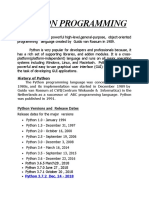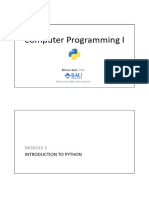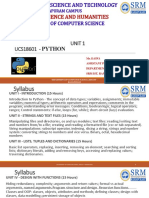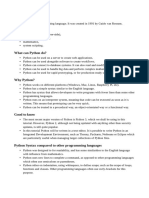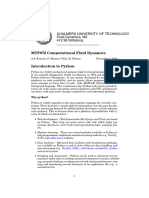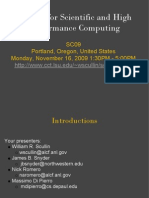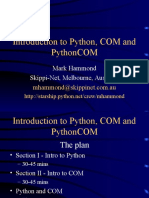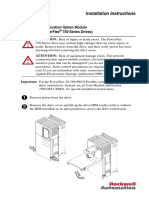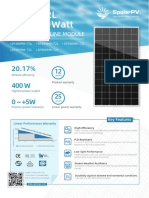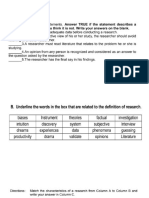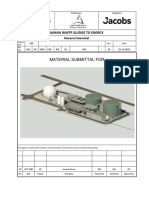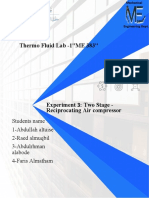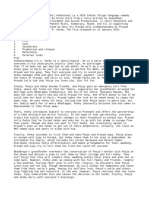0% found this document useful (0 votes)
61 views66 pagesLecture TWP Python A01 1a Introduction
The document provides an introduction to Python, emphasizing its use in various civil engineering subjects and its features such as simplicity, readability, and open-source nature. It covers fundamental programming concepts including variables, data types, control structures, functions, classes, and modules, along with practical examples. Additionally, it offers guidance on installation, package management, and resources for learning Python.
Uploaded by
Nirjhar DhangCopyright
© © All Rights Reserved
We take content rights seriously. If you suspect this is your content, claim it here.
Available Formats
Download as PDF, TXT or read online on Scribd
0% found this document useful (0 votes)
61 views66 pagesLecture TWP Python A01 1a Introduction
The document provides an introduction to Python, emphasizing its use in various civil engineering subjects and its features such as simplicity, readability, and open-source nature. It covers fundamental programming concepts including variables, data types, control structures, functions, classes, and modules, along with practical examples. Additionally, it offers guidance on installation, package management, and resources for learning Python.
Uploaded by
Nirjhar DhangCopyright
© © All Rights Reserved
We take content rights seriously. If you suspect this is your content, claim it here.
Available Formats
Download as PDF, TXT or read online on Scribd
/ 66




